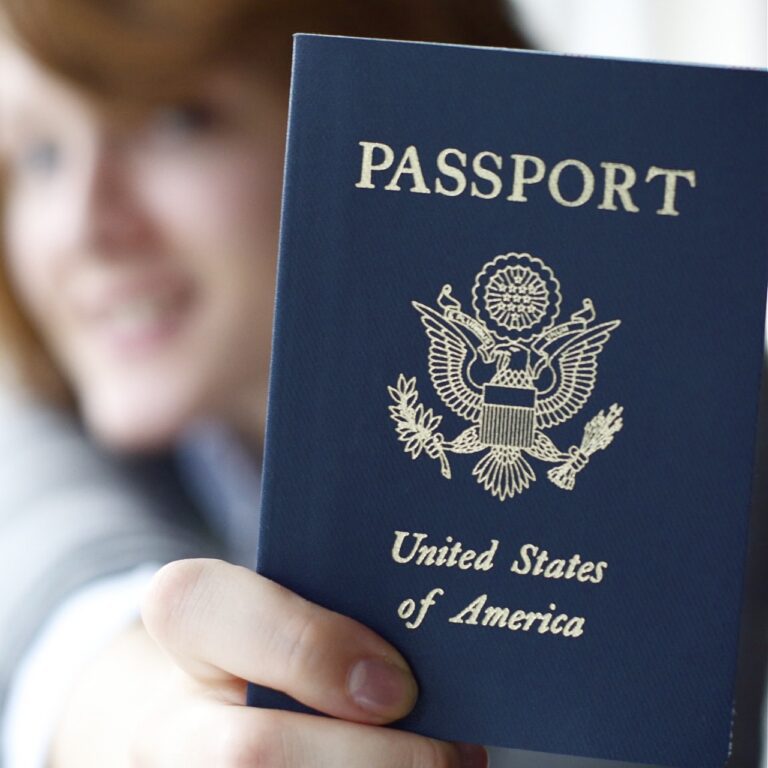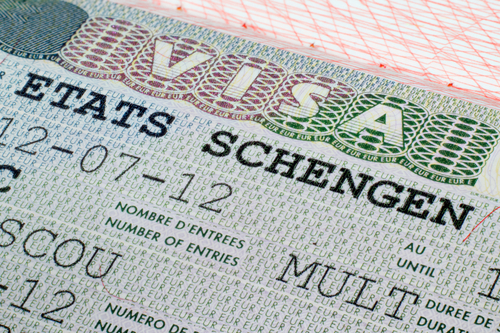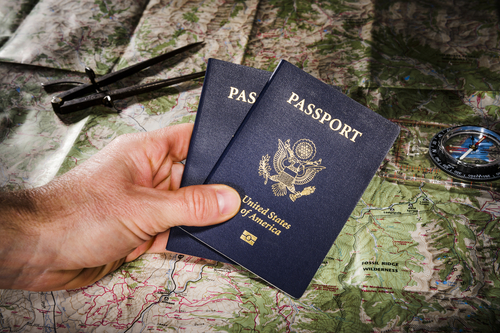Your suitcase is always half full. You never fully empty it. It may be commodity or you just do not know when you’re going to set off the next time. The fact is, you are always prepared, always on the go. Preparation for your trip does not lie only in amazingly developed packing skills, being […]
Visas & Passports
Everything you Need to Know About U.S. Passports
Before you pack your bags and set out on a new adventure there are a few things that you have to take care of. One of them is documents. There is no way that you are going through customs without a valid passaport. According to state regulations, all Unites States citizens (even newborns), require a […]
Visa Requirements for ALL the Places You Want To Visit
Traveling may be fun, but there are several requirements you must meet before you can feel the soft sand between your toes or rugged wilderness of a pristine forest. Although the last one hundred years has seen more traveling freedom than ever before, there are still certain regulations and rules that one must follow in […]
Overseas Travel Checklist: What You Need Before Embarking on your Adventure
Embarking on a journey across the world can be the adventure of a life-time, but it can quickly turn into a nightmare if you are not prepared to deal with unexpected situations. As much as we enjoy traveling, getting organized can be a pretty daunting task. While it may be possible to survive without your […]
Tips for Traveling Alone in Europe – For All Types of Travelers
So you’re finally making your life-long dream of seeing Europe come true. Only you’re going it alone. That may put a damper on how excited you are about the trip, but it really shouldn’t. In order to make sure that you have the best possible trip across the Old World, we’ve scoured the Internet high […]
When Do You Need A Passport?
I presume you know what a passport is. In addition you may get a Passport Card, defined below by the State Department website: “The U.S. Passport Card can be used to enter the United States from Canada, Mexico, the Caribbean, and Bermuda at land border crossings or sea ports-of-entry and is more convenient and less […]





